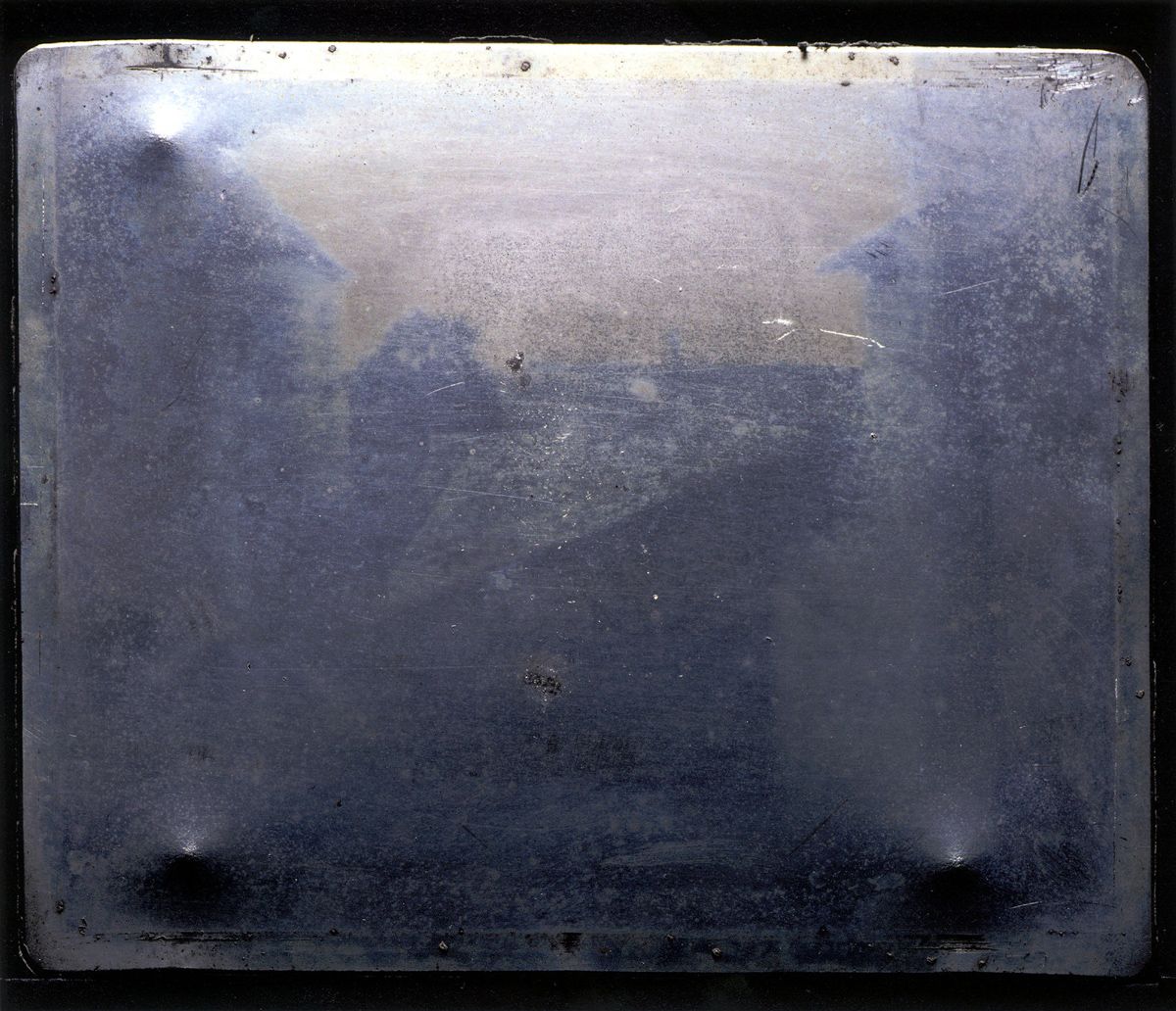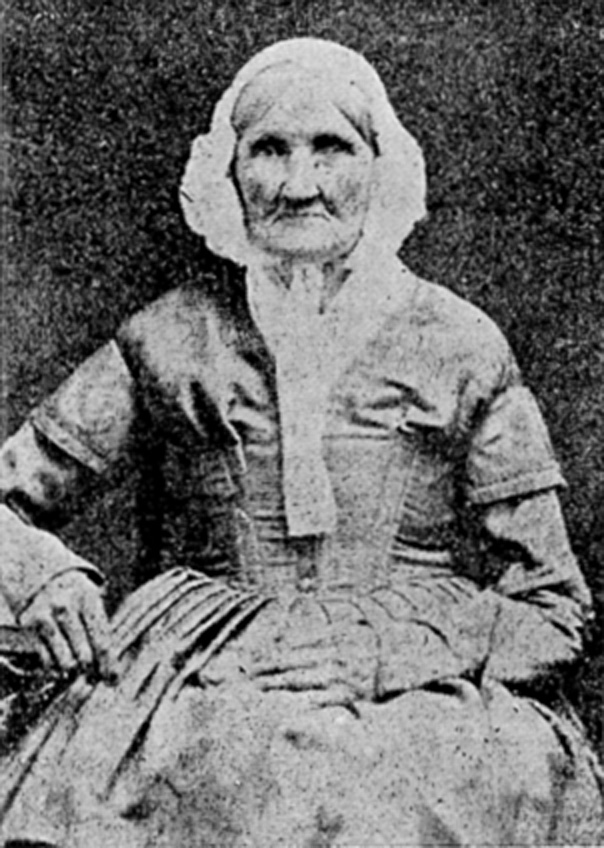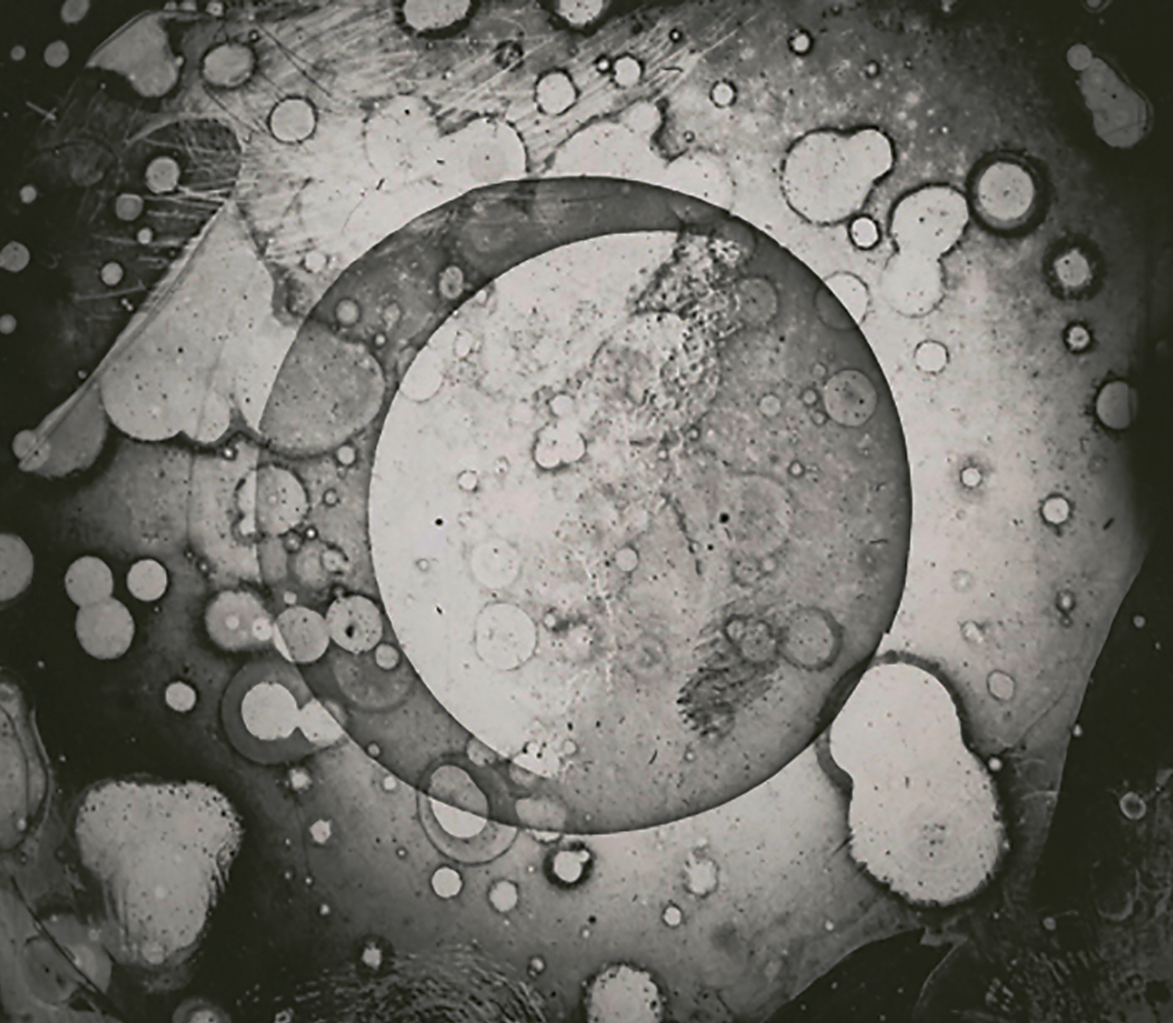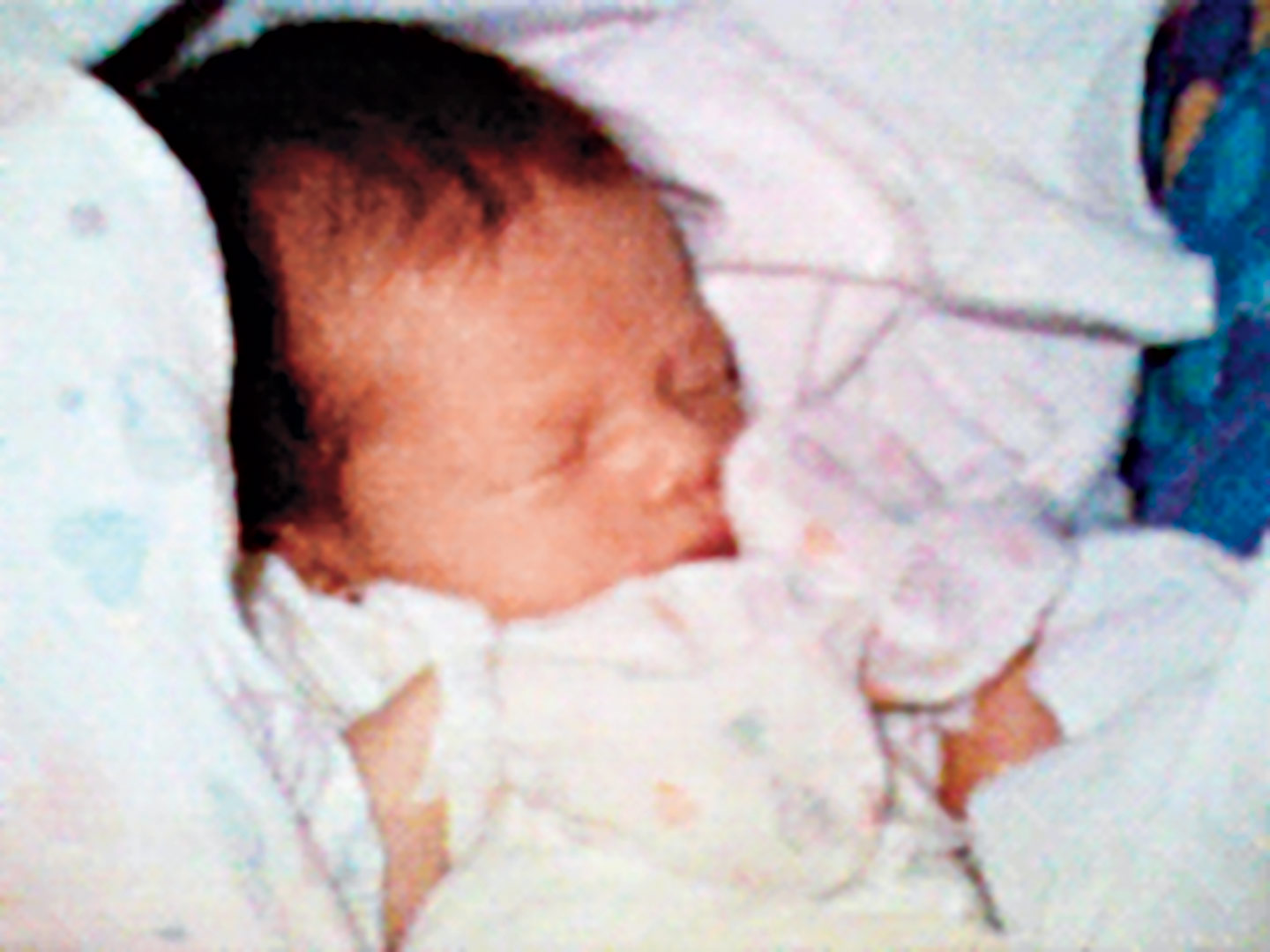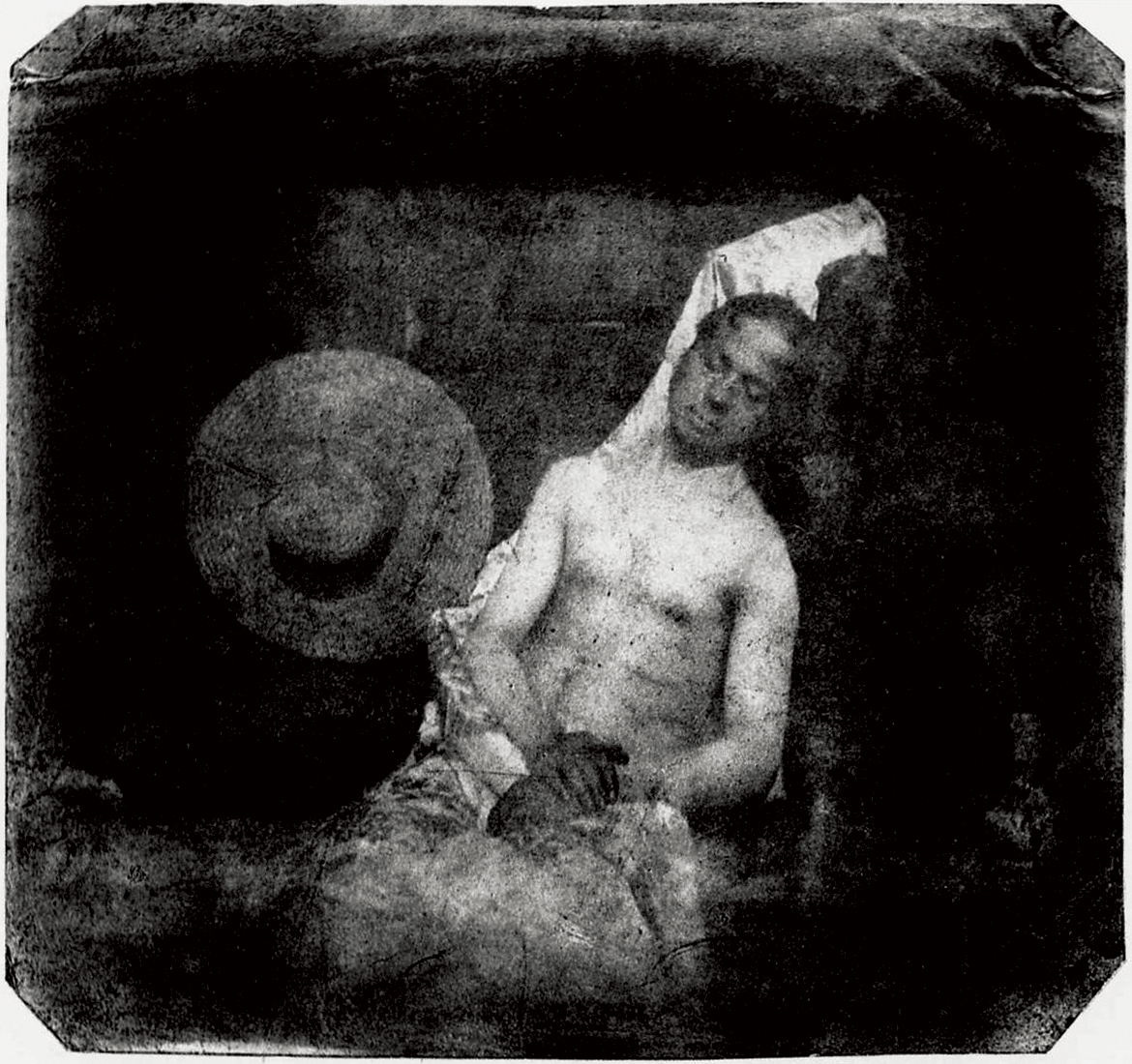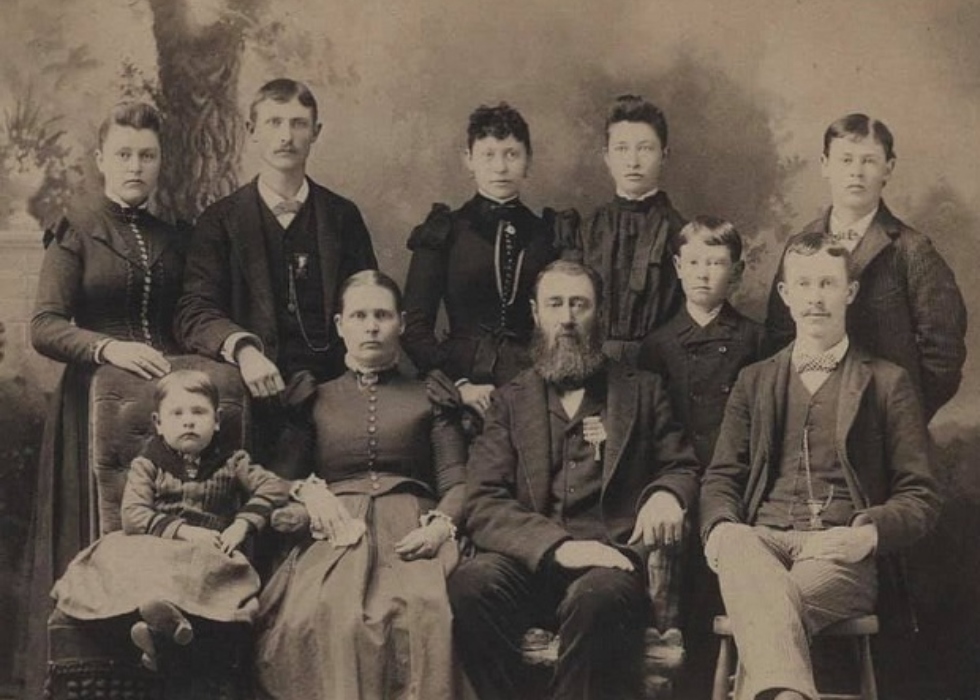The 5 First Interesting Photos Ever Captured
The 5 first interesting photos ever captured in history would definitely leave you in awe and fascination. Since its inception in the early 1800s, it has been a medium with endless potential. Cameras have enabled us to capture historical moments and modify our perceptions of ourselves and the world around us.
Author:Dr. Felix ChaosphereReviewer:Xander OddityMay 17, 20220 Shares149 Views
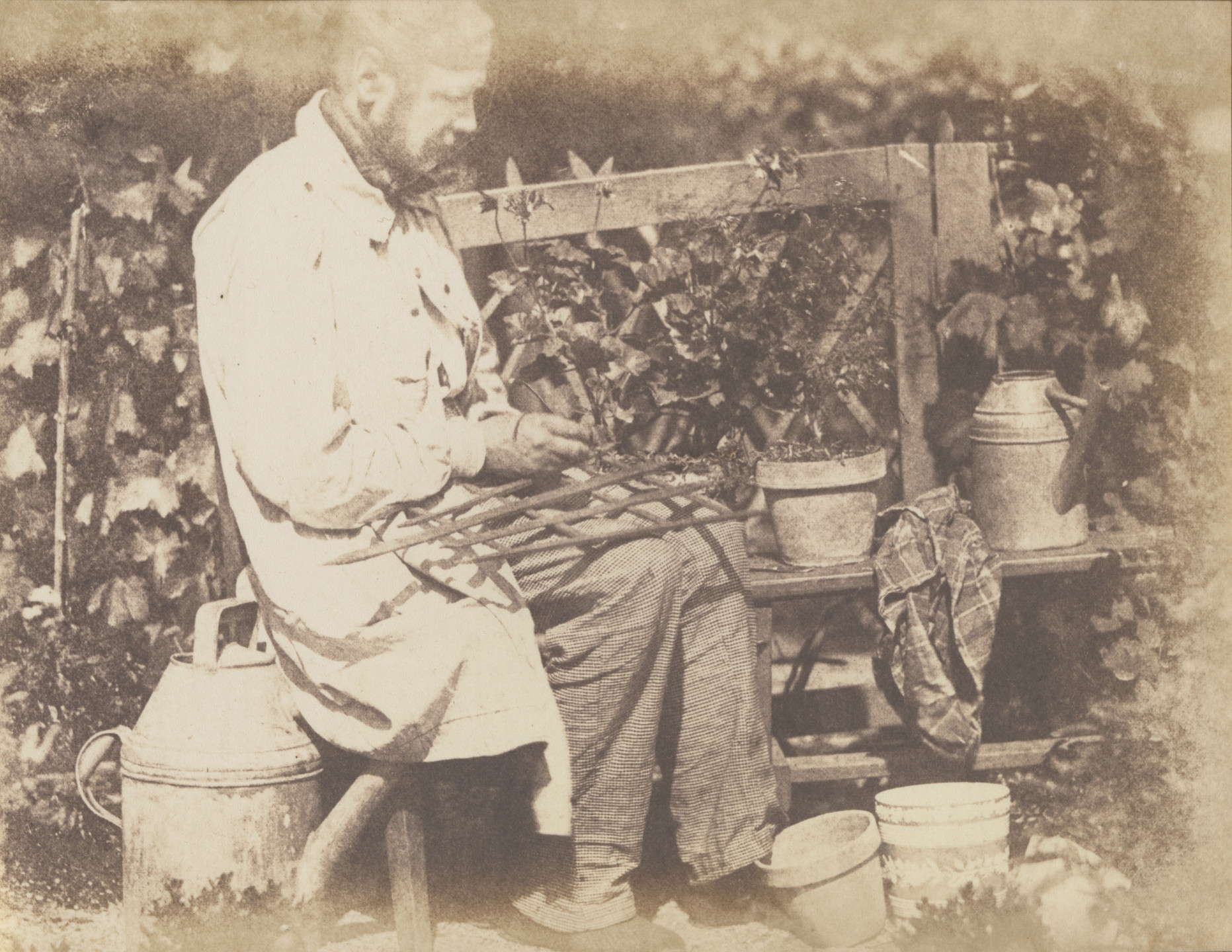
The 5 first interesting photosever captured in history would definitely leave you in awe and fascination. Since its inception in the early 1800s, it has been a medium with endless potential. Cameras have enabled us to capture historical moments and modify our perceptions of ourselves and the world around us.
But before we talk about the five first most interesting photos ever taken. Let us discuss photography first.
Photography
The term "photography" derives from the Greek roots (phtós), genitive of (phs), "light," and (graphé), "representation by way of lines" or "drawing," which together indicate "drawing with light."
Photography is the art, application, and practice of making long-lasting images by recording light, either electronically with an image sensor or chemically using a light-sensitive material such as photographic film. It is used in various disciplines of science, manufacturing (e.g., photolithography), and business, as well as its more direct applications in art, film and video production, recreational purposes, hobbies, and mass communication.
During a timed exposure, a lens is typically employed to focus light reflected or transmitted from objects into a true image on the light-sensitive surface within a camera. With an electronic image sensor, this generates an electrical charge at each pixel, which is electronically processed and saved in a digital image file for further display or processing. The outcome of using photographic emulsion is an invisible latent image that is later chemically "developed" into a visible image, either negative or positive, depending on the purpose of the photographic material and the technique of processing. A negative picture on film is typically used to photographically create a positive image on a paper foundation, known as a print, either by employing an enlarger or by contact printing.
So here are some top first photos you definitely would want to see.
1. The Very First Photograph
Joseph Nicéphore Niépce took the world's earliest photograph, or at least the oldest surviving snapshot, in 1826 or 1827. The photograph was taken from an upper window at Niépce's home in Burgundy using a method known as heliography. There are no copies of the piece, which is now part of the permanent collection at the University of Texas-Austin, because heliography produces one-of-a-kind photographs.
2. The First Person Born Ever Photographed
Hannah was born in the year 1746. Hannah Stilley died sometime after 1839. The snapshot depicted is said to be of the first person born on film.
Hannah Stilley Gorby is hardly a big name, yet she is remarkable for being the oldest person to have ever been photographed. Gorby was born about 1746 and photographed in 1840, nearly 94 years later. To put that in context, she was already in her late 30s when the American Revolution began.
3. The First Moon Photograph
On January 2, 1839, Daguerre is credited with becoming the first to picture the moon using his daguerreotype process. Unfortunately, his whole laboratory burned to the ground in March of the same year, losing all of his written records and most of his early experimental work–including that famous image of the moon. A year later, an American doctor and scientist named John William Draper took his own daguerreotype of the moon. Draper worked with astronomer William Cranch Bond to create a daguerreotype of the star Vega in 1850. In 1842, an attempt was made to photograph the sun, but the resolution was inadequate, thus little features were apparent. The method was then enhanced by physicists Jean Bernard Leon Foucault and Armand Fizeau to the point where sun spots could be seen for the first time.
4. The First Camera Phone Photo
On June 11th, 1997, an entrepreneur named Philippe Kahn took and emailed the first camera phone photo in history. On that date, Khan used his digital camera to photograph his newborn daughter at a maternity unit at Sutter Maternity Center in Santa Cruz, California.
Because "camera phones" did not exist at the time, Kahn created one by connecting his digital camera with a mobile phone to broadcast photographs through the Web in real-time. According to IEEE Spectrum, the improvised setup included a Motorola StarTAC flip phone, a Casio QV digital camera, and a Toshiba 430CDT laptop computer. Whenever he took a 320240-pixel photo with the camera, the setup would connect to his web server and upload the photo, then send email notifications to friends and family with a link to the new image.
5. The First Hoax Photograph
Hippolyte Bayard (20 January 1801 – 14 May 1887) was a French photographer and photography pioneer. On June 24, 1839, he exhibited the world's first public display of pictures by inventing his own process that created direct positive paper prints in the camera. He claimed to have invented photography before Louis-Jacques Mandé Daguerre in France and William Henry Fox Talbot in England, the individuals who have generally been recognized with the innovation. Bayard experimented with the new medium by photographing plant specimens, sculpture (including posing for self-portraits with it), street scenes, urban landscapes, architectural photographs, and portraits. He photographed famous people as well as everyday people. He also promoted combination printing and was a founding member of a photography society.
François Arago, a friend of Louis Daguerre, who devised the competing daguerreotype technique, convinced Bayard[when?] to postpone announcing his procedure to the French Academy of Sciences. Because of Arago's conflict of interest, Bayard was denied recognition as one of the primary creators of photography. On February 24, 1840, he presented information of the technique to the French Academy of Sciences in exchange for money to purchase better equipment.
In response to the injustice he perceived, Bayard created the first staged portrait, Self Portrait as a Drowned Man, in which he sits and leans to the right, pretending to have committed suicide. On the back of his most famous photograph, Bayard wrote:
The body you see here is that of M. Bayard, the inventor of the method you've just seen. As far as I know, this tireless experimenter has been working on his finding for about three years. The Government, which has been far too generous to Monsieur Daguerre, has stated that it cannot help Monsieur Bayard, and the miserable wretch has drowned himself. Oh, the perils of human existence.... He's been at the morgue for several days with no one recognizing or claiming him. Ladies and gentlemen, you should go now for fear of disturbing your sense of smell, because the gentleman's face and hands are beginning to decay.
This is actually one of the most controversial first photos ever taken. See video below.
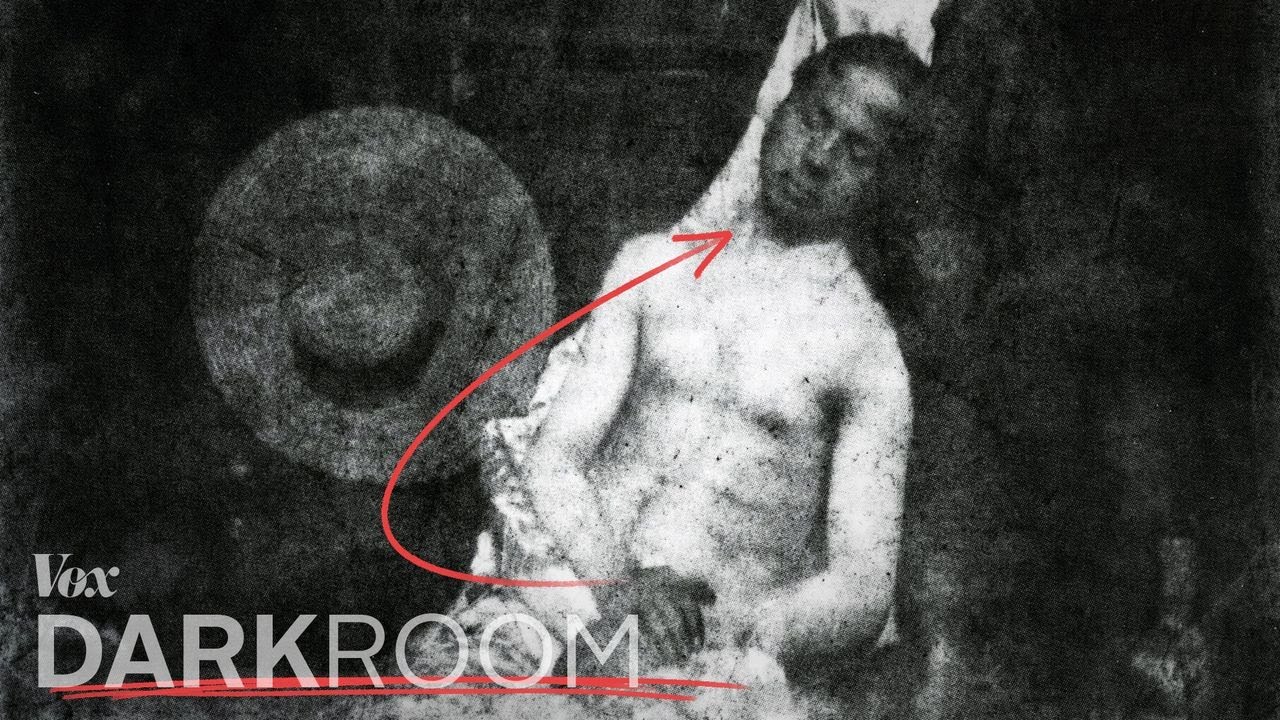
The first faked photograph
But you may wonder of who took the first photo of a person and why did old people not smile in pictures.
People Also Ask
Who Took The First Ever Photo Of A Person?
The earliest known photograph of a human appeared in a snapshot taken in 1838 by Louis Daguerre. The image had the first recognizable human form to have ever been captured on camera.
Why Did People Not Smile In Old Photos?
This early practice arose because wide-mouthed, toothy grins were deemed unsuitable for portraiture. Even in other types of antique paintings, big smiles were sometimes connected with insanity, drunkenness, or other casual, juvenile behavior.
What Were Photographs Called In The 1800s?
The earliest photographic method, the daguerreotype, was devised by Louis-Jacques-Mandé Daguerre (1787–1851) and spread fast over the world after its public debut in Paris in 1839.
Conclusion
One of the most significant innovations in human history is the camera. It has been used to capture and share memories, as well as to make new ones. Photography is now more accessible than ever thanks to the internet and social media. Let us use this to make new memories; who knows, the next photo you take might be the first of its kind in history.

Dr. Felix Chaosphere
Author
Dr. Felix Chaosphere, a renowned and eccentric psychiatrist, is a master of unraveling the complexities of the human mind. With his wild and untamed hair, he embodies the essence of a brilliant but unconventional thinker. As a sexologist, he fearlessly delves into the depths of human desire and intimacy, unearthing hidden truths and challenging societal norms.
Beyond his professional expertise, Dr. Chaosphere is also a celebrated author, renowned for his provocative and thought-provoking literary works. His written words mirror the enigmatic nature of his persona, inviting readers to explore the labyrinthine corridors of the human psyche.
With his indomitable spirit and insatiable curiosity, Dr. Chaosphere continues to push boundaries, challenging society's preconceived notions and inspiring others to embrace their own inner tumult.

Xander Oddity
Reviewer
Xander Oddity, an eccentric and intrepid news reporter, is a master of unearthing the strange and bizarre. With an insatiable curiosity for the unconventional, Xander ventures into the depths of the unknown, fearlessly pursuing stories that defy conventional explanation. Armed with a vast reservoir of knowledge and experience in the realm of conspiracies, Xander is a seasoned investigator of the extraordinary.
Throughout his illustrious career, Xander has built a reputation for delving into the shadows of secrecy and unraveling the enigmatic. With an unyielding determination and an unwavering belief in the power of the bizarre, Xander strives to shed light on the unexplained and challenge the boundaries of conventional wisdom. In his pursuit of the truth, Xander continues to inspire others to question the world around them and embrace the unexpected.
Latest Articles
Popular Articles
